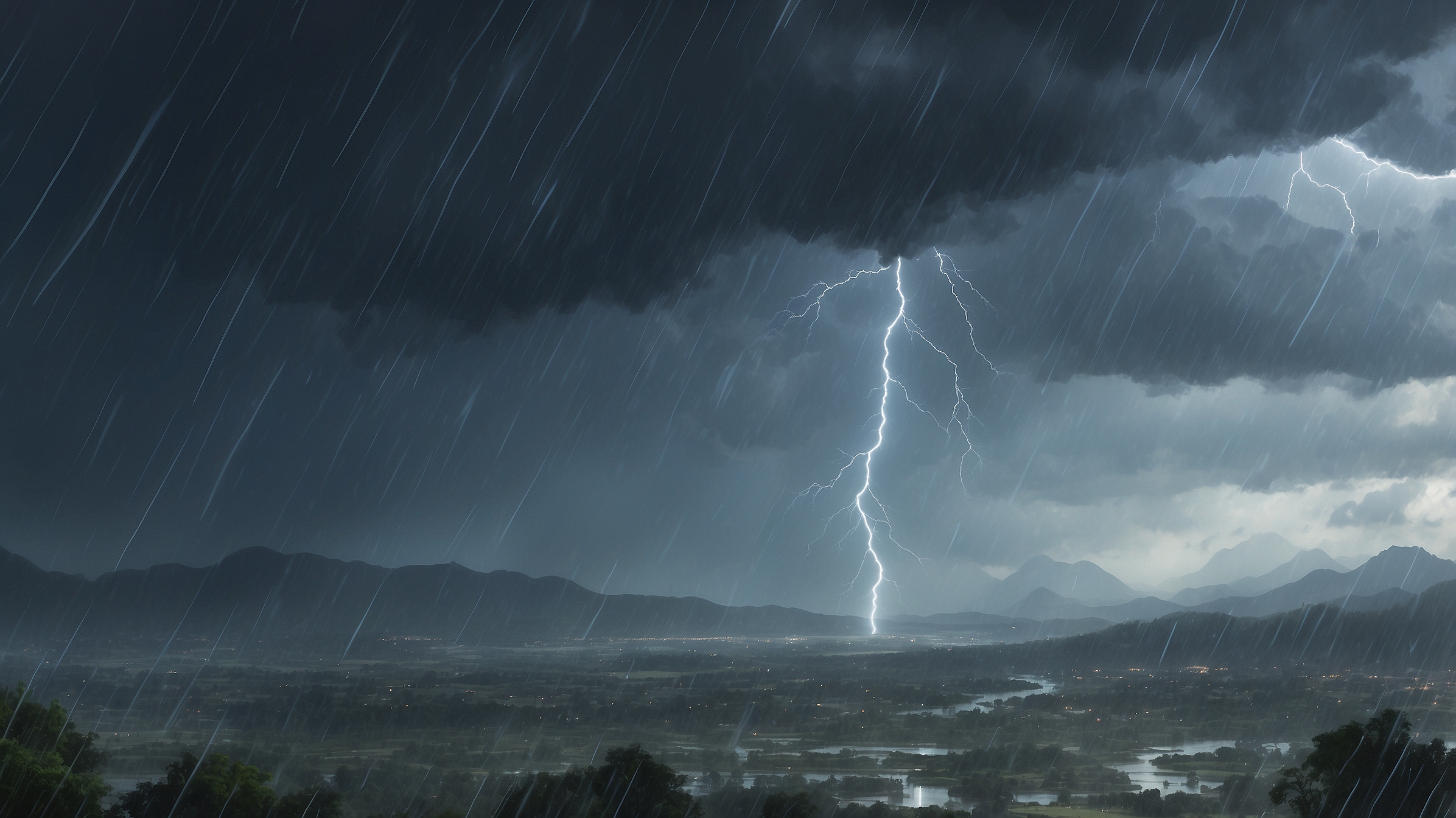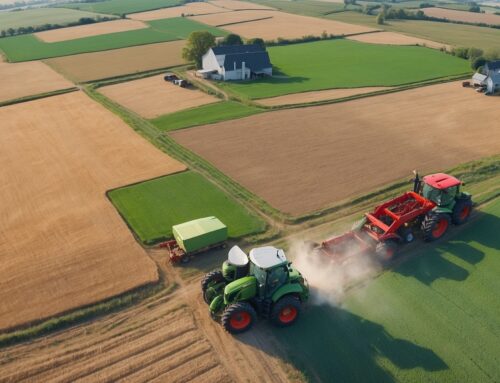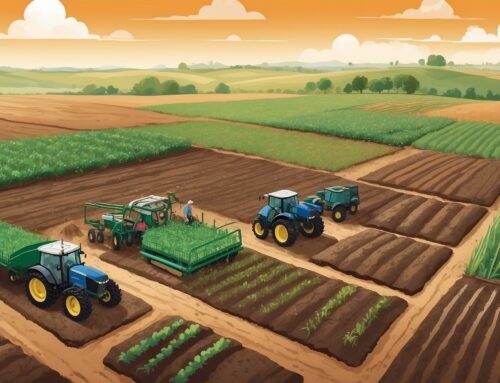Fellow farmers, we all know that the weather can be our best friend or our worst enemy. One year it’s perfect, and the next year it’s like the sky itself decided to make our lives miserable. The unpredictability of climate change is not just some far-off thing we hear about on the news—we’re feeling it firsthand in our fields, our harvests, and our day-to-day work. Enter IoT: the secret weapon that’s giving us a fighting chance against unpredictable climate conditions. Let’s dig into how this tech is helping us be more resilient in the face of Mother Nature’s mood swings.
The Problem: The Sky Doesn’t Take Requests
We’ve all been there. You’re watching the forecast, hoping for rain, but all you get is clear skies and heat that makes your corn start to look like it’s sunbathing. Or, just when you’re about to harvest, a storm rolls in, making a mess of things. Farming has always been about adapting to the weather, but lately, it’s getting tougher to predict when conditions will be ideal or disastrous.
Climate change means drier droughts, heavier rains, and more extreme swings in temperature—the kind that keeps us up at night wondering if we should irrigate today or wait until tomorrow. And as much as we love telling old stories about how we knew a storm was coming because our granddaddy’s trick knee started aching, it’s probably time to start using a bit more science.
The Solution: IoT to the Rescue
This is where IoT (Internet of Things) steps in, like the trusty tractor that starts on the first pull—okay, maybe the second. With IoT, we’ve got soil sensors, weather stations, and other devices that feed us real-time information about what’s actually happening in our fields. These gadgets are like the extra eyes and ears we’ve always needed, only they never get tired, and they never miss a thing.
Imagine having a network of soil moisture sensors that tell you exactly how much water is in the ground, coupled with weather data that gives you a heads-up on what’s coming next. If a drought is on the way, you can adjust irrigation schedules early—keeping moisture levels where they need to be before things dry up. And if you know there’s a heavy rainstorm coming, you can avoid over-irrigating beforehand and let Mother Nature handle the watering for a bit. It’s all about staying ahead of the game.
IoT doesn’t just tell you what’s happening right now; it also helps predict what’s going to happen. With the data these sensors collect, you can use predictive analytics to figure out patterns and adjust your practices before things get out of hand. Imagine knowing the soil moisture is dropping too fast because of rising temps, and getting an alert so you can start irrigation early. That’s IoT keeping you resilient against the unpredictability of climate.
The Power of Data: A Digital Safety Net
Let’s talk about data. I know, it’s not the most exciting word in the world—it doesn’t quite have the same ring as “bumper crop” or “early harvest,” but trust me, data is our friend. Think of it like this: Every reading from a moisture sensor or temperature gauge is like a chapter in the book of your farm. When you start putting all those chapters together, you get a pretty good story of how your field works, how it handles heat, drought, or excess rain, and what it needs to thrive.
That data becomes your digital safety net. It allows you to make informed decisions rather than guesses. You know how sometimes you just have to go with your gut? Well, with IoT, your gut instinct has a back-up band of hard numbers to keep things in tune.
Plus, with enough data, we can share and learn from each other. If you’ve got soil conditions similar to your neighbor a few counties over, sharing your data could mean they avoid a bad outcome you’ve already figured out how to dodge. In farming, we’re all in this together—so it’s great when tech helps us learn from each other’s successes and mistakes.
IoT and the Future of Climate Resilience
Farming has always been about adapting. We’re constantly making adjustments—sometimes big, sometimes small—to keep up with what the world throws at us. IoT is the next tool in our shed, helping us adapt faster and smarter. The reality is, we’re going to be dealing with the effects of climate change for a long time. Droughts, floods, unexpected cold snaps, and heatwaves are going to keep coming. The key to thriving in these conditions is being able to see the changes before they happen and having the tools in place to respond effectively.
IoT gives us the chance to do just that. It’s like having a farm assistant that never sleeps, is always checking in on your fields, and gives you a heads-up before things go sideways. We may not be able to control the weather, but we can definitely control how we react to it—and with IoT, we’re reacting with precision, efficiency, and resilience.
So here’s to preparing for whatever comes our way—with the help of some fancy gadgets, a bit of data, and the same determination that’s always gotten us through. Stay resilient out there, and happy farming!





